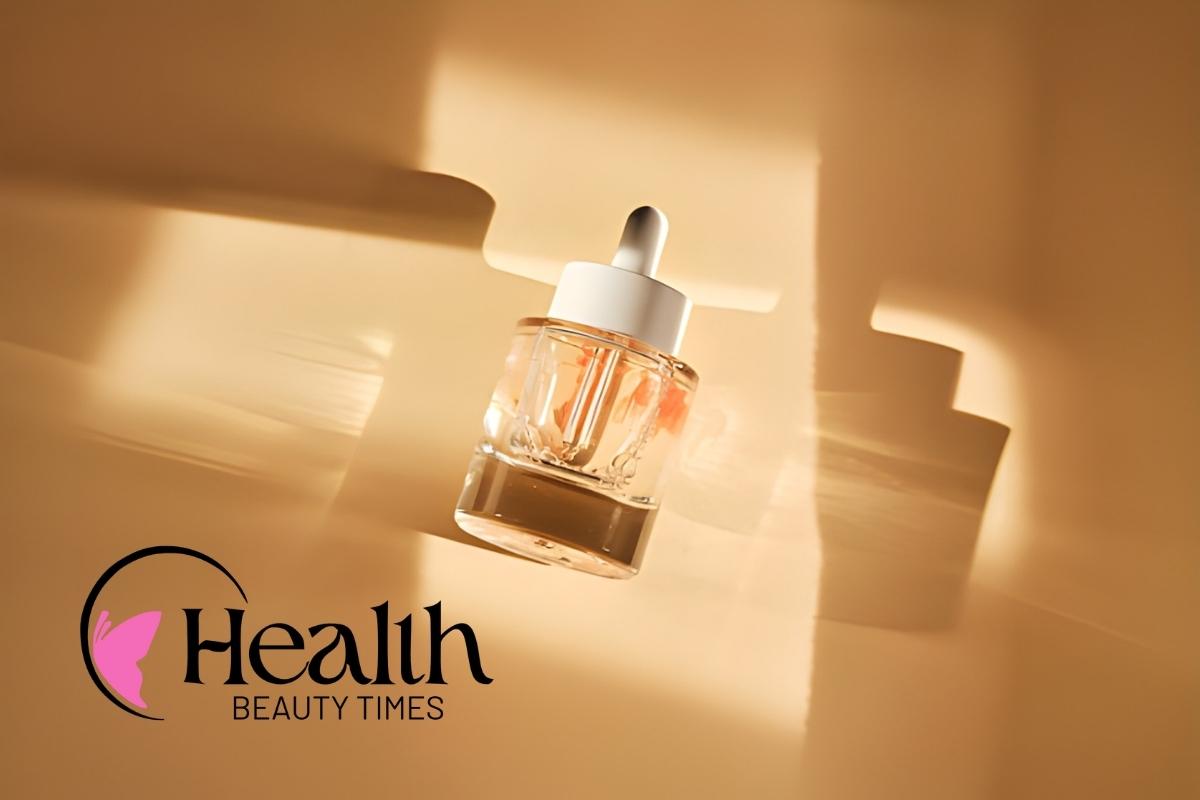Key Highlights
- Know the usual way the umbilical cord heals and what can affect its healing.
- Follow important steps to keep the umbilical cord clean and lower the risk of infection.
- Watch for signs that the umbilical cord stump may be infected. These may be redness, pus, or a bad smell, so you can help get care early.
- Learn about some common risk factors for umbilical cord infections, like not being clean enough or a long labor.
- Find out when to call a doctor and make sure the baby gets the right care quickly if the umbilical cord becomes infected.
- Get answers to common questions about how to care for your newborn’s umbilical cord and how long it takes to fall off.
Introduction
The umbilical cord is important during pregnancy. It connects your baby to the nutrients and oxygen they need. After your baby is born, the cord is cut. This leaves a small stump that needs its own kind of care to heal the right way. Taking care of the umbilical cord helps stop problems, for example, infections. Parents need to know how to tell the normal healing process from signs that show there might be an infection. In this blog, you will read about how to care for the umbilical cord stump, what normal healing looks like, and when you should call your doctor.
Understanding the Umbilical Cord and Its Role in Newborns
The umbilical cord is a special part that gives oxygen and food from the placenta to your baby when you are pregnant. It has jelly-like tissue, veins, and arteries. This helps your baby live inside the womb. The umbilical cord also takes waste and carries it away through the placenta.
After birth, the umbilical cord is cut and held closed. This leaves a small piece called the umbilical cord stump. This stump usually dries up and falls away on its own in the first few weeks. After that, you will see your baby’s sweet belly button.
Structure and Function of the Umbilical Cord
The umbilical cord is like a lifeline that links the placenta to the baby while it is growing. It has one vein and two arteries. These are held together in something called Wharton’s jelly. This jelly acts like a soft cushion and keeps everything safe. The vein brings important things like nutrients and oxygen to the baby. The arteries help take waste away. The tube shape of the cord also lets the amniotic fluid keep it wet so it works well during pregnancy.
During the time your baby grows inside you, the umbilical cord does not have any nerves. This means that your baby will not feel pain when the cord is cut after birth. After that, you need to take care of the small piece left to keep it clean and help it heal well. This care helps stop infections and keeps your baby healthy.
Delayed cord clamping is common now in modern birthing. This is when the cord is not cut right away after the baby is born. Many choose this because it can help newborns get more iron. After the cord is cut, the stump starts to dry up and undergo changes. This is how it will fall off, leaving your baby’s belly button.
What Happens After Birth: The Umbilical Cord Stump
After the baby is born, the healthcare provider will put a clamp on the umbilical cord and cut it. This leaves a small stump on your baby’s belly. In the next one to three weeks, the stump gets dry, shrinks, and then drops off on its own.
Doctors often use clean, sterilised scissors in surgery. This helps lower the chance of infection. When the stump starts to dry, you will see its colour shift. It transitions from yellowish-green to brown, and then to black. It will fall off on its own after some time. Parents should not pull or tug at the stump, even if it appears to be loose.
The area under the umbilical cord stump heals at a different rate for every baby. It is normal to see some dried blood or a little crusty discharge. However, if you notice persistent redness, swelling, or discharge that appears different, consult a doctor. These signs may indicate an infection. Taking good care of this stump is essential. It helps your newborn stay healthy and lowers the chance of problems.
Normal Umbilical Cord Healing Process
During the time a baby is healing, the umbilical cord stump will gradually shrink. It will also change colour and fall off in about three weeks. Initially, the stump may appear yellow-green. As it dries, it will turn brown or black.
When the stump drops off, it leaves a slight indentation, similar to a belly button. This area heals in about two weeks. You may notice a small amount of dried blood, which is normal. However, if you notice persistent redness, pus, or swelling, seek medical attention immediately. This can help stop other problems from happening.
Typical Timeline for Cord Separation
Many parents want to know how long it takes for their baby’s umbilical cord stump to fall off. Here is a simple guide to help you know more about this process:
Umbilical Cord Stage
Changes in Appearance
Action Recommendations
First Week Stump dries and shrinks, turning yellowish-green Keep stump clean and dry; avoid submerging in water
Week 2 Stump darkens to brown or black . Watch for crusty blood or minor discharge.
Week 3 or Earlier Stump naturally falls off Allow healing; monitor for redness or swelling
If your baby’s stump is still there after three weeks, talk to your baby’s healthcare provider. This may indicate that something else is at play.
What a Healthy Healing Cord Looks Like
A healthy umbilical cord stump will change colour and size as it heals. Initially, you will see it as either yellow or green. Then, it turns brown and later black. After that, it will fall off. You may notice a small amount of blood or some dried discharge. But active bleeding does not happen most of the time.
In recovery, the skin around the belly button should appear the same as the surrounding skin. There should not be redness or irritation. If you experience a bad smell, pus, or swelling, you should see your paediatrician right away.
Parents need to monitor changes each week and ensure the cord is always dry and clean. You can give your baby a sponge bath to lower the risk, but do not wash the area too much. Taking these steps will help your baby heal well and stay healthy.
Caring for a Normal Umbilical Cord
Umbilical cord care is about keeping the area clean and dry. Healthcare providers recommend giving your baby sponge baths, not full baths, until the stump has fallen off.
You will need to fold the diaper down below the stump. This helps keep it safe. There are new diapers with a cut-out for the umbilical cord. These make things easier. Parents should be careful and clean the area gently. Try not to bother the area around the belly button so it heals well.
Cleaning and Hygiene Tips
It is essential to keep your baby’s cord clean and safe from irritation. This helps keep your baby healthy. Here’s how you can do this:
- Use a wet cotton swab to clean stool or urine found near the umbilical cord stump. Do not rub hard on this area.
- Go for sponge baths instead of entirely putting the baby in water until the cord falls off.
- Let the stump dry in the air after you clean it. This helps it heal in a good way.
- Do not use rubbing alcohol unless the healthcare provider tells you to do so.
Making sure you take care of the umbilical cord area helps stop infection. It also allows the cord to fall off healthily.
Diapering and Protecting the Cord Area
Proper diapering is very important when the stump is healing. These tips make the process easy:
- Fold the diapers down so they do not rub against the bottom of the cord.
- Select diapers that feature a designated space for the cord to keep it safe and gentle.
- Change the diapers often to help keep this area clean and dry.
- Use a wet swab to softly wipe away pee and poop from around the belly button.
Ensuring your baby feels comfortable helps reduce irritation. This lets the stump start to heal in a natural way and fall off on its own.
Recognising Signs of an Infected Umbilical Cord
Most problems can be avoided if you take care. Still, sometimes infections can show up. You need to watch for redness or swelling near the umbilical cord stump. A yellow fluid or a bad smell can also be signs.
If your baby cries when you touch the area around the cord or has other signs like being extra sleepy or having a fever, you should talk to a healthcare provider right away. Getting help on time is essential to keep your baby safe and avoid serious problems like omphalitis.
Symptoms and Warning Signs to Watch For
Look for these common signs. These may show that your baby’s umbilical cord is infected:
- Foul smell or yellowish discharge: Both can indicate a bacterial infection.
- Redness or swelling: These can be signs of a problem around the stump.
- Persistent bleeding: If you see more than a few small drops or active bleeding, you need to get help.
- Cries on touch: If your baby cries when you touch around the navel, they may feel pain.
It’s essential to get help from a doctor right away if your child seems fussy, too sleepy, or gets a fever.
Risk Factors and Causes of Infection
Some things can make a baby more likely to get omphalitis:
- Low birth weight or home births can mean that the baby is in a less hygienic environment, which can affect hygiene.
- Long labour or leaking amniotic fluid increases the risk of infection because the baby is exposed for a longer time.
- Umbilical granuloma or problems with hernia bring extra risks because of things that are not normal.
Healthcare institutions like the Cleveland Clinic emphasise the importance of taking good care and checking on people regularly.
Conclusion
To sum up, taking good care of your newborn’s umbilical cord is essential for the baby’s health. You need to understand what routine healing entails and recognise the signs of infection. This will help you keep your baby safe. Check the cord regularly and keep it clean to prevent any problems from occurring. If you notice pus, a foul odour, or anything that concerns you, consult a doctor immediately. Staying alert and knowing what to do will help you give your baby the best care. If you would like to ask more or speak with our experts, please don’t hesitate to reach out. Your baby’s health matters most.
Frequently Asked Questions
How do I know if my baby’s cord is healing normally or infected?
Healthy cords change colour, get smaller, and fall off on their own. Watch for signs of redness, swelling, or discharge that resembles pus, as these can indicate an infection. If you notice the area is sore or there is a foul odour, contact your healthcare provider immediately.
Can I bathe my baby before the cord falls off?
Sponge baths are the best choice until the stump falls away. Do not soak the cord stump. This helps keep the area dry and safe from infections near the belly button.
What should I do if I notice pus or a foul smell?
If you notice pus or a foul odour emanating from the umbilical cord, contact a healthcare provider immediately. These signs may indicate that the cord is infected and may require treatment.
When should I call a doctor about my baby’s umbilical cord?
Get in touch with your baby’s healthcare provider right away if you see signs of an infection, the cord is still there after three weeks, or there is a lot of bleeding. Getting help early can lower the chance of problems.
How can I prevent umbilical cord infection in my newborn?
Follow dry cord care steps and keep things clean. Watch for risk factors, like problems at birth. Check the umbilical cord area frequently for signs of swelling or redness that are not normal.
Don’t Miss These: Laser Bikini Hair Removal: Safety and Aftercare Tips






